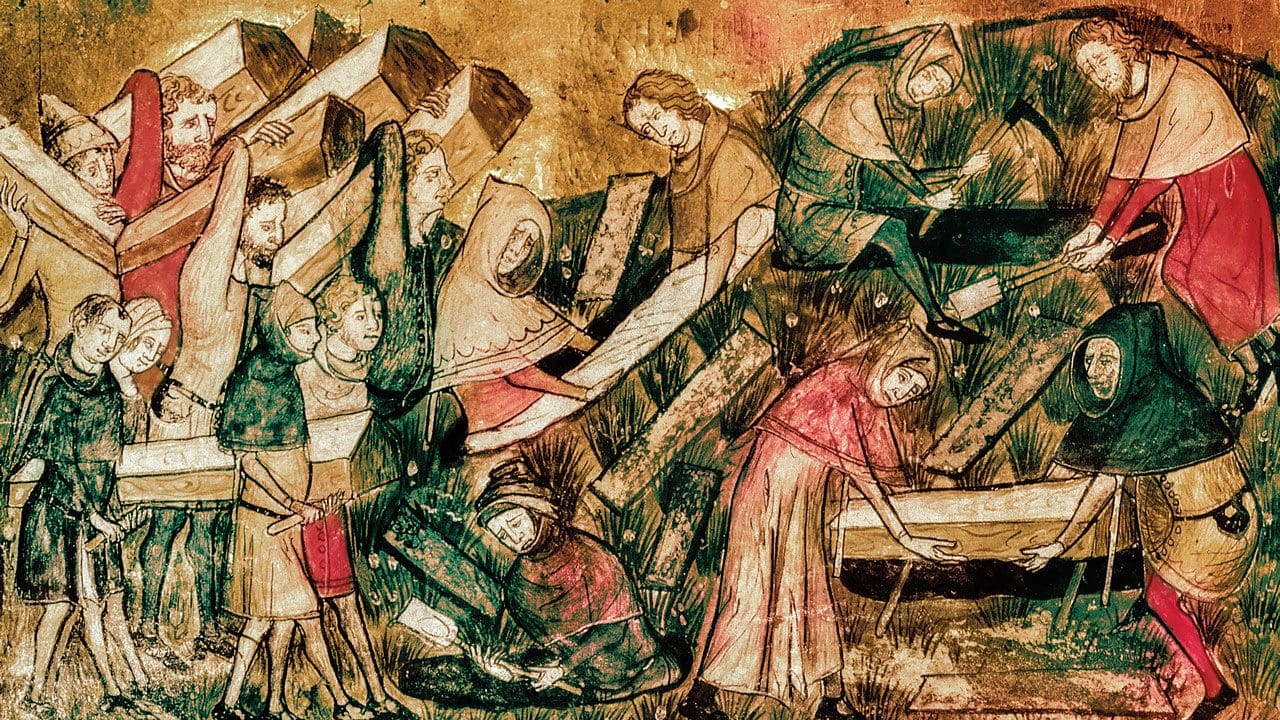
ADVERTISEMENT - CONTINUE READING BELOW
24. A Plague That Gives the Black Death a Run for its Money in Lethality
The Black Death, which devastated the Middle Ages and peaked from 1347 to 1351, was history’s deadliest plague. In Europe alone, it killed between one-third to two-thirds of the population, and it took two centuries for the continent to bounce back from that population crash and recover to pre-plague levels. However, Justinian’s Plague, 541 – 542 AD, gives it a run for its money in lethality and consequences. It was named after Byzantine Emperor Justinian I, in whose reign it occurred. He came down with it, but survived.
Justinian’s Plague swept across three continents, Europe, Asia, and Africa, and is thus history’s first known recorded pandemic. Like the Black Death, Justinian’s Plague was caused by the Yersinia pestis – a bacterium with no spores that is still with us today. Also like the Black Death, Justinian’s Plague struck with a horrific initial outbreak, followed by several recurrences in subsequent years. By the time the Justinian Plague died out, it had killed an estimated 25 million to 100 million people.

